The calves, arguably one of the most difficult parts of the human body to reduce, small Try in the background also often receive questions from partners.
In fact, calves are not difficult to reduce, you just may not have the right medicine. In addition to the reasons that we often hear on the day, there is a reason for thick calves - knee hyperextension.
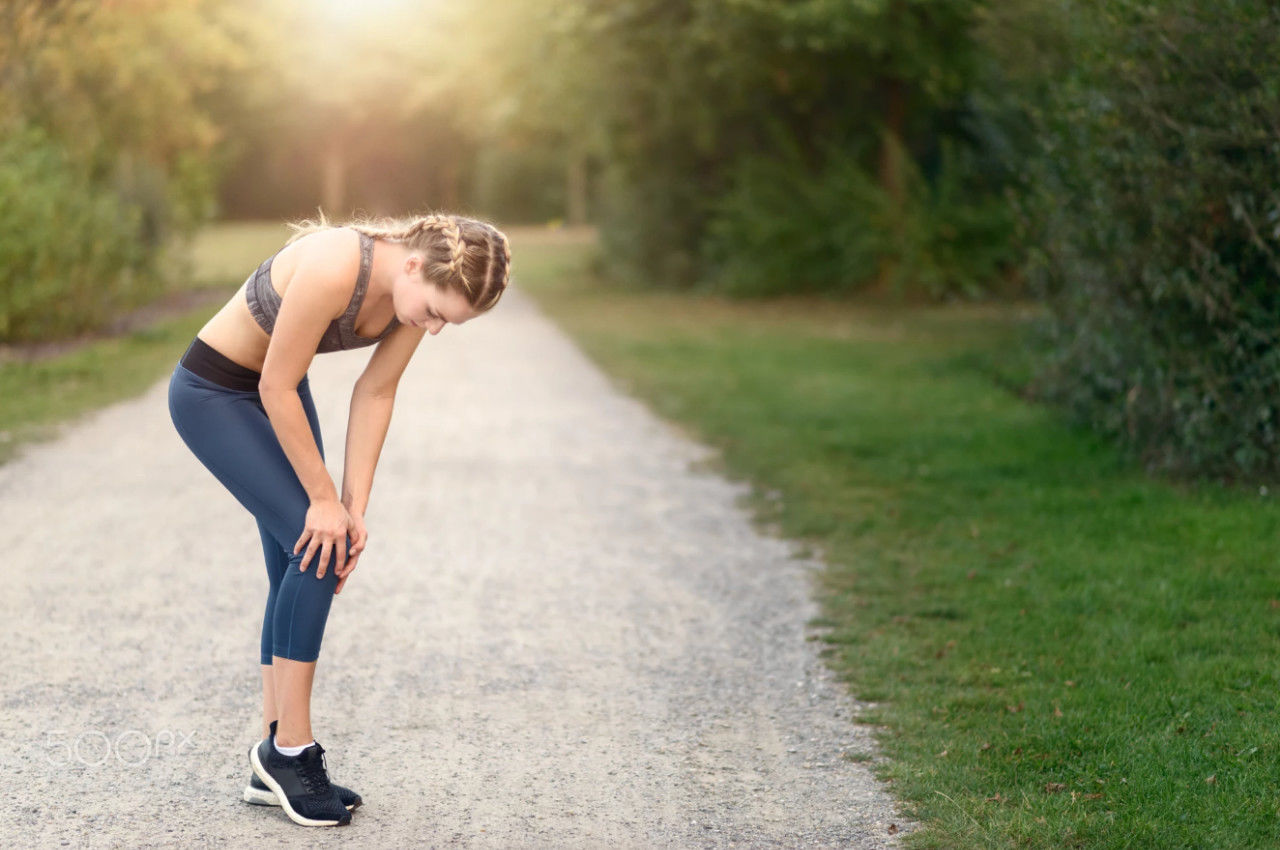
01
What is knee hyperextension
In a normal standing position, the knee should extend at an angle of about 180 degrees when viewed from the side, and the three joints of the hip, knee and ankle basically form a straight line; however, if the knee extends at an angle greater than 180 degrees when the leg is straight, it forms a knee hyperextension, also known as a knee reverse arch.
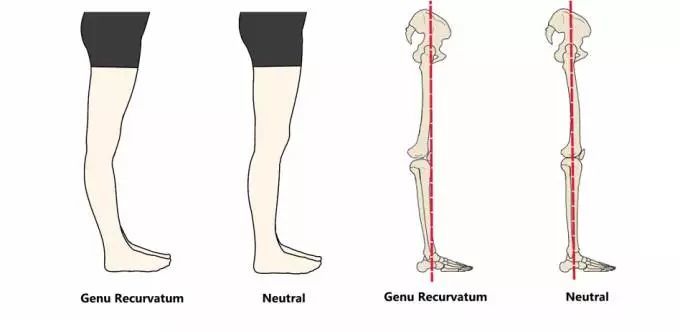
There are usually two easy ways to determine.
Standing with the legs in a C-shape from the side
The calf belly is far back in relation to the heel position
Unless your calf muscles are particularly well-developed, in both cases, nine times out of ten, the knee is hyperextended.
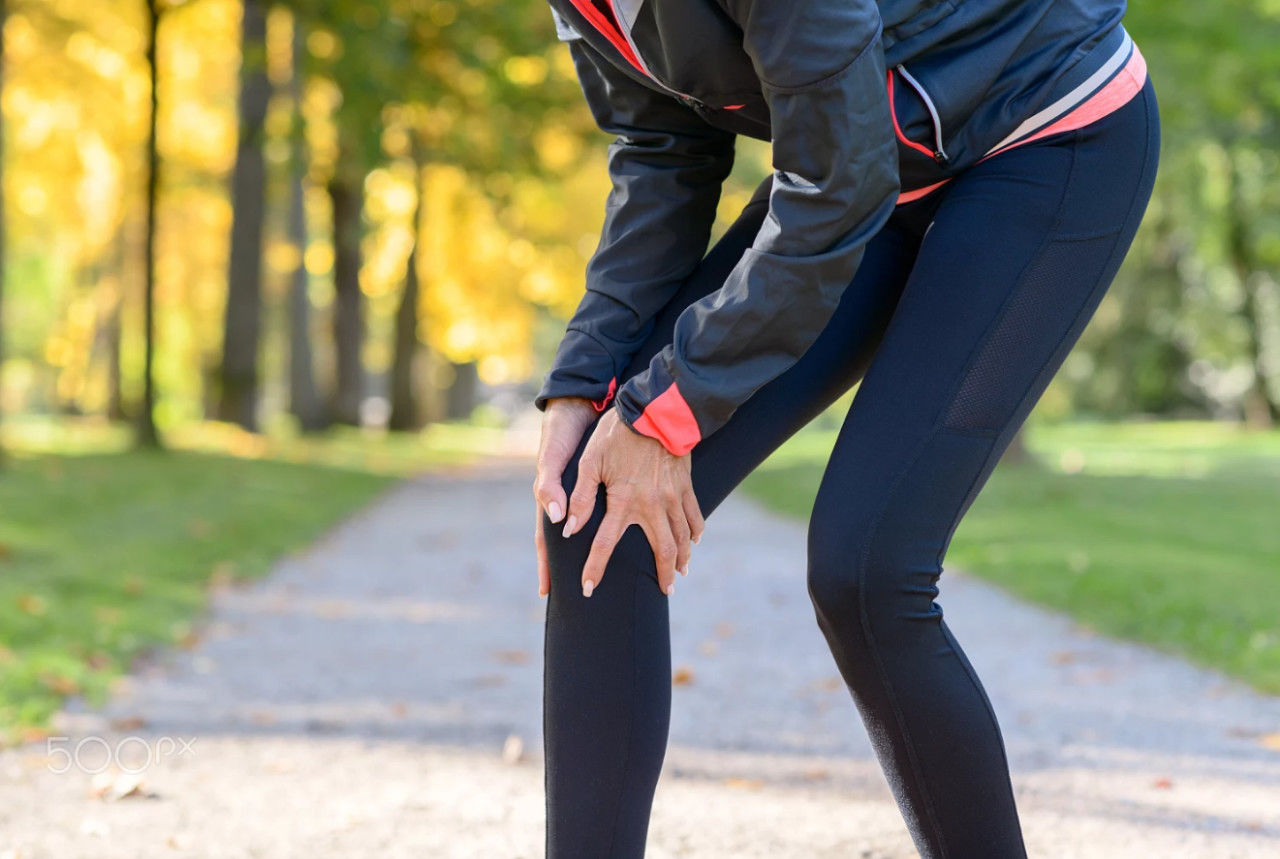
02
Why Knee Hyperextension
The causes of knee hyperextension are both congenital and acquired. Some people are born with a greater than normal range of joint mobility, and some people have a visual indication of knee hyperextension due to disease or impact in an accident, but neither of these conditions is the primary cause of knee hyperextension.
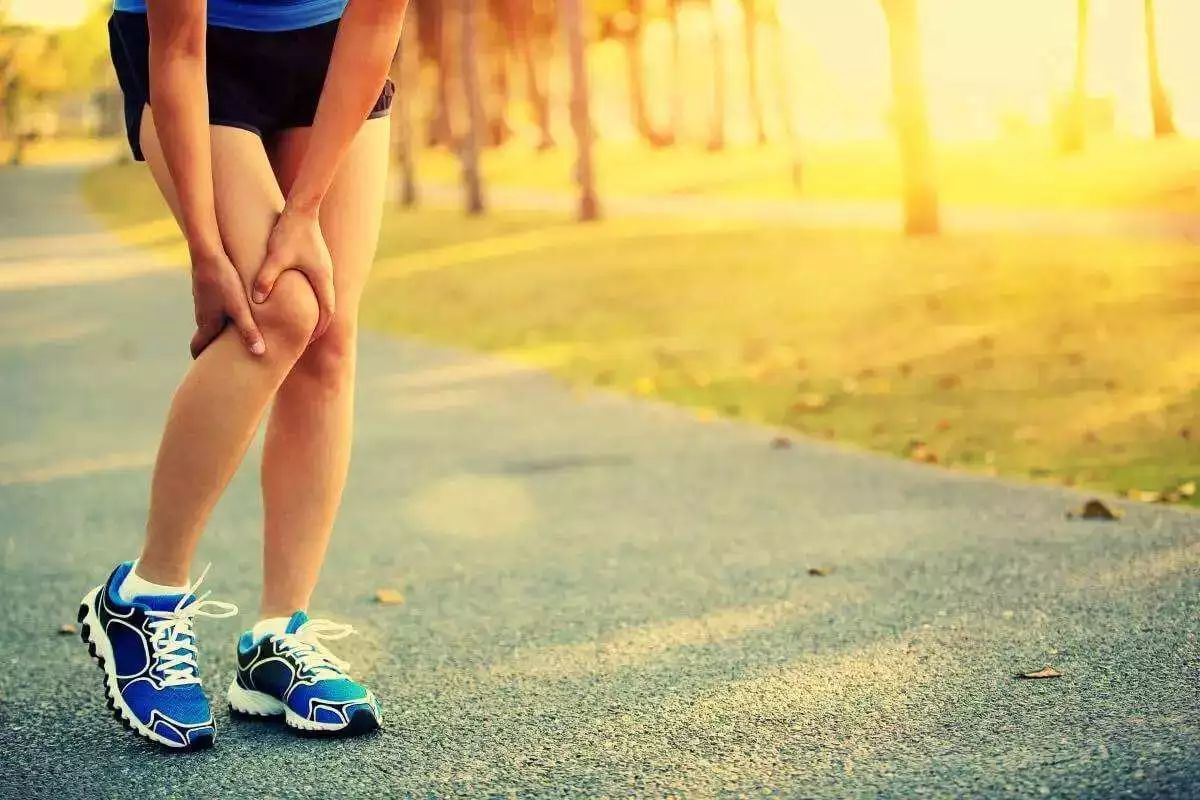
Most knee hyperextensions are due to an imbalance in the strength of each muscle group against each other, and this imbalance is mainly due to wrong body posture and wrong movement. For example, pedaling with the heel for long periods of time on a bicycle.

03
The dangers of knee hyperextension
The main dangers of knee hyperextension are as follows.
Thick calves: Knee hyperextension usually causes the body weight to shift forward. As the pressure on the front side of the knee becomes heavier, the muscles in the abdomen of the calf will fire to maintain stability, and in the long run the calf will become thicker and thicker.
Leg Problems: If hyperextension is not just forward, but inward or outward, it can lead to X- or O-leggedness.
Knee pain: The knee bone is too close to the thigh bone, which is prone to excessive friction and thus knee pain.
Low back pain, humpback, etc.: the human body as a whole, one part of the problem, there are bound to be other parts of the body to compensate, thus a series of physical problems.
04
How to treat knee hyperextension
If your knee is already uncomfortable, stop pushing so hard and go see your doctor! However, if the knee hyperextension is still mild, you can use some of the following methods to improve the knee hyperextension.
Plantar fascia relaxation
Buy a tennis ball and step on the bottom of the foot, first rolling it extensively and finally focusing on the painful points.
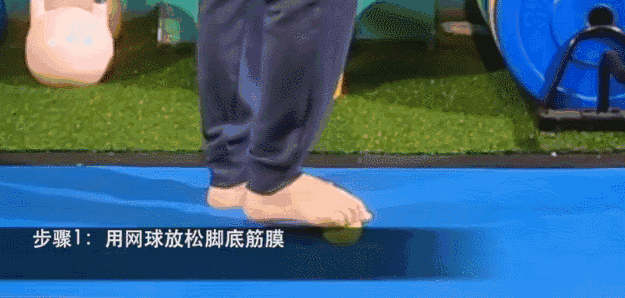
Increase knee strength and stability
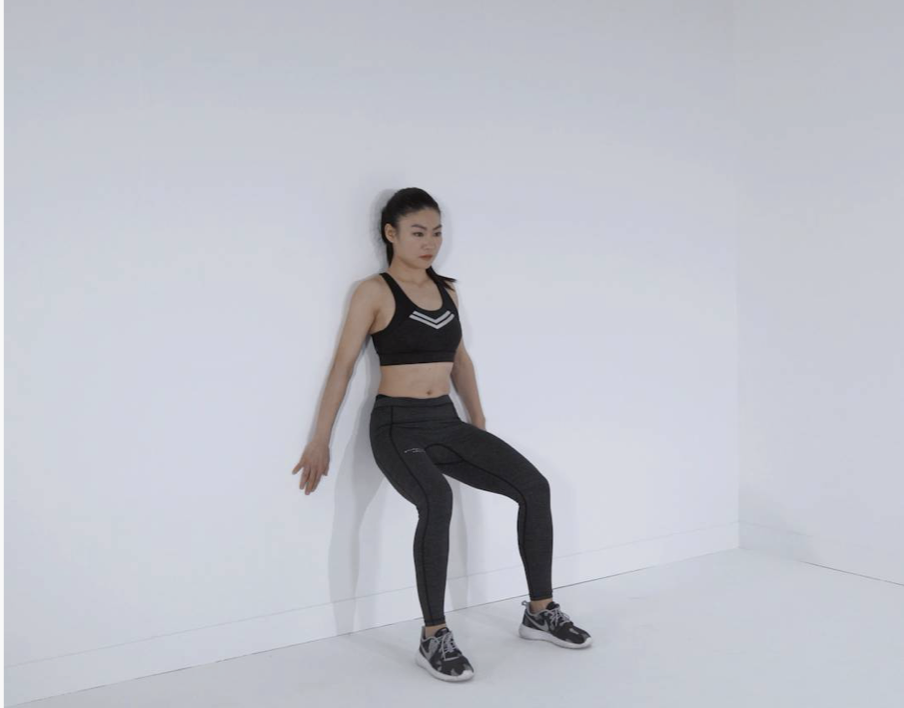
Squatting against the wall
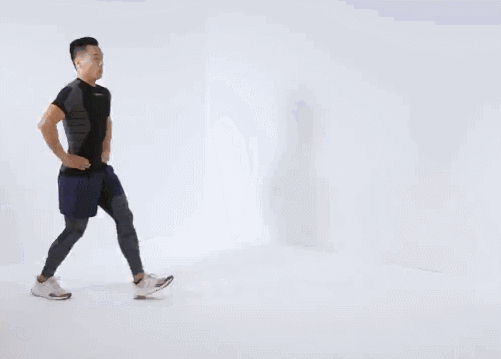
Kenpo Squat
Strengthens the muscles in the back of the thigh:
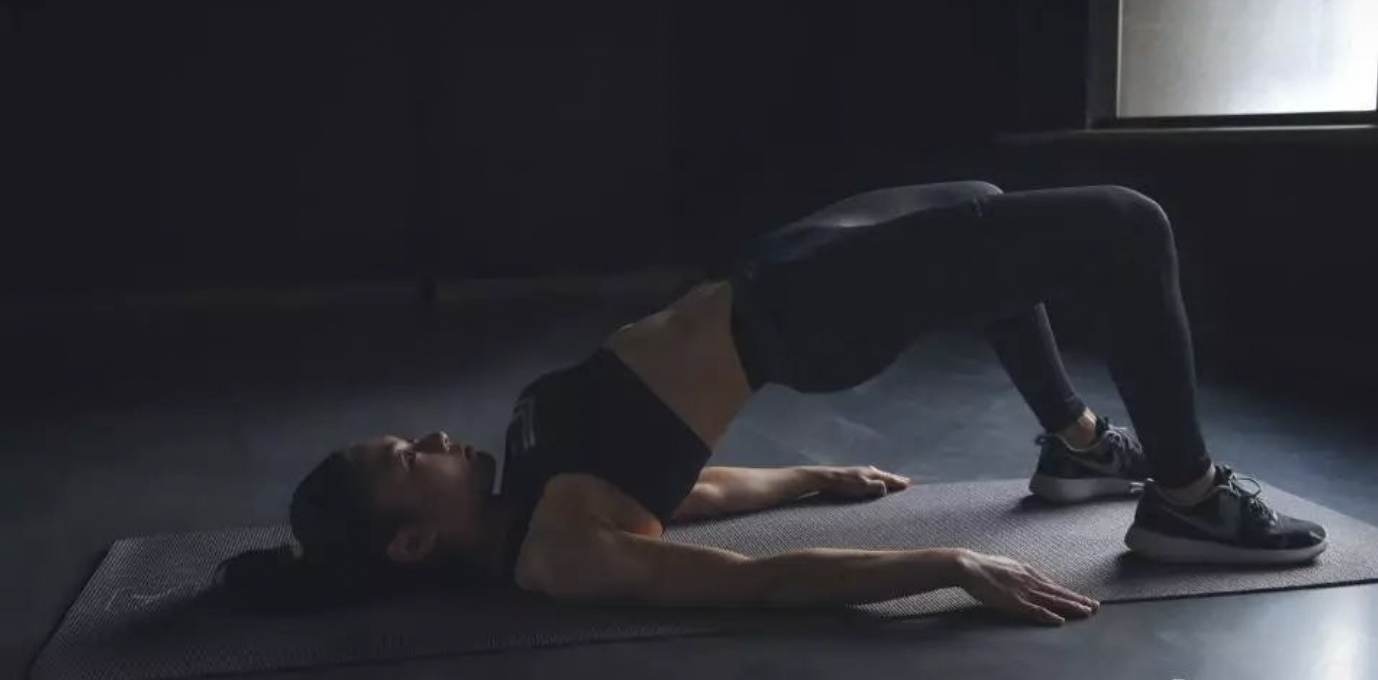
buttock bridge
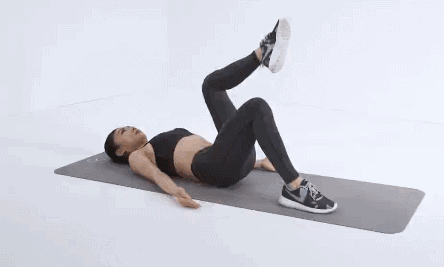
Single leg hip bridge
Massage tense leg muscles:

Gastrocnemius relaxation
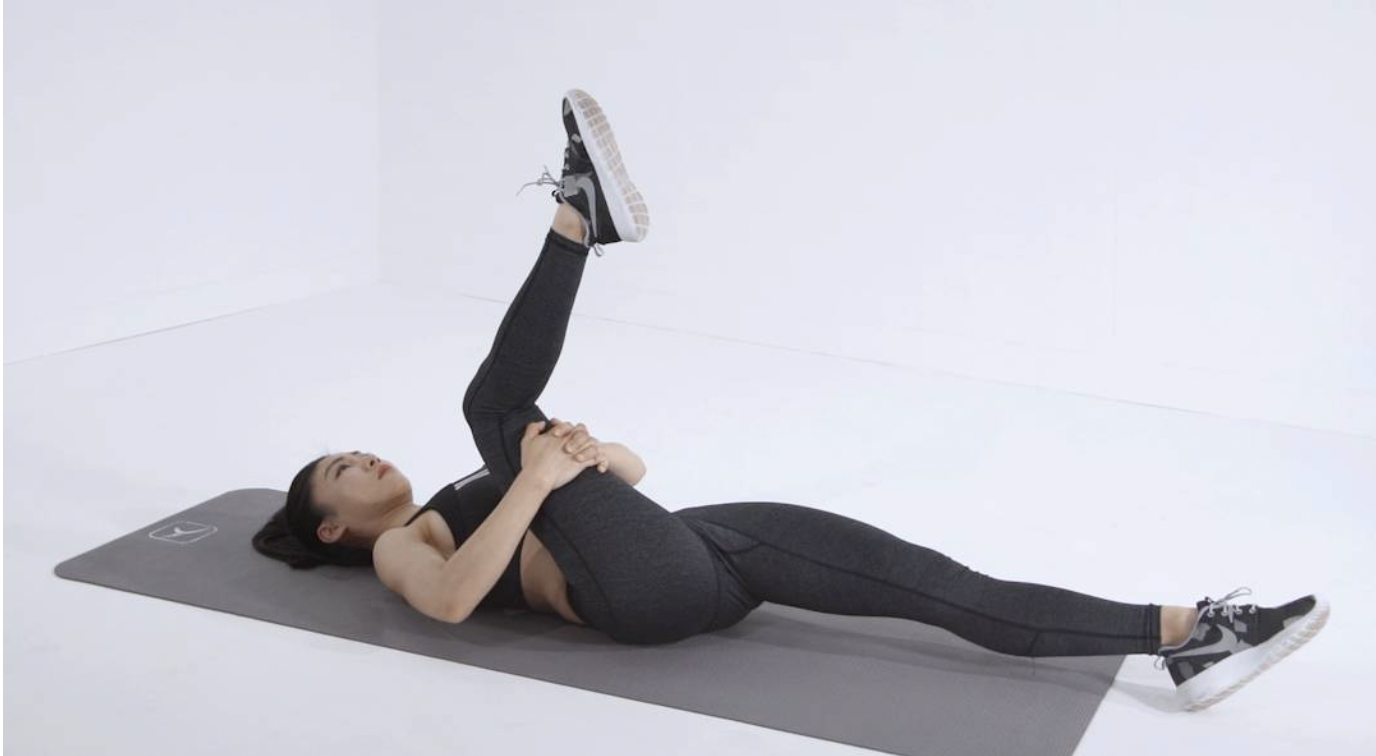
Posterior thigh stretch
Daily Life:
In addition to the above movements, you should have control not to reach the knee hyperextension position in various movements that require knee extension in daily life such as standing, walking and squatting.
Also when exercising, one should follow the instructions of the app or coach to maintain proper posture and avoid causing knee hyperextension.

Popular Articles
-
Why fitness to include strength training?6 benefits to tell you why

-
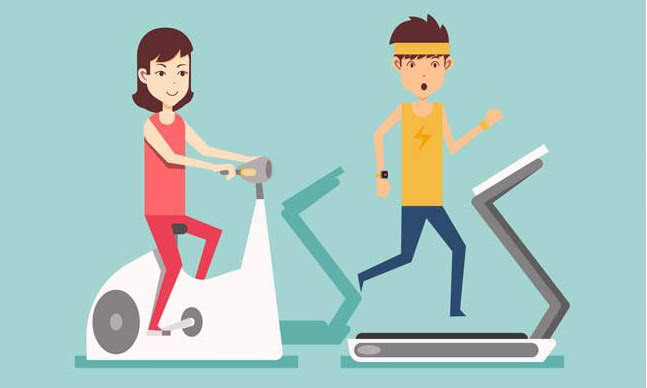 Treadmill PK elliptical machine, which is more fat burning?
Treadmill PK elliptical machine, which is more fat burning?Jun 06, 2025
-
 Home goodies recommended! Easy to improve the happiness of life without spending a lot of money!
Home goodies recommended! Easy to improve the happiness of life without spending a lot of money!Jun 06, 2025
-
 The world's largest bomber, more than B2 to fly more than 5,000 km, any country would not dare to shoot down
The world's largest bomber, more than B2 to fly more than 5,000 km, any country would not dare to shoot downJun 06, 2025
-
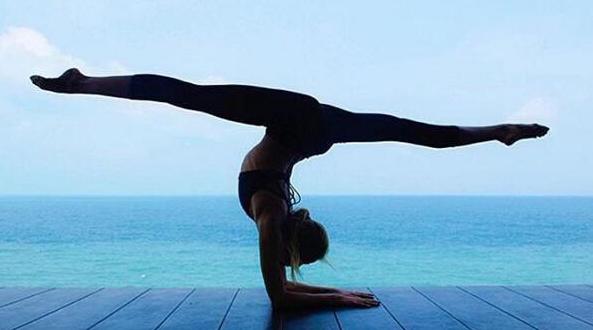 How to ensure balance when practising yoga
How to ensure balance when practising yogaJun 06, 2025
-
 Is hypertension getting younger? Gotta reflect on these 6 areas!
Is hypertension getting younger? Gotta reflect on these 6 areas!Jun 06, 2025







Comments
0